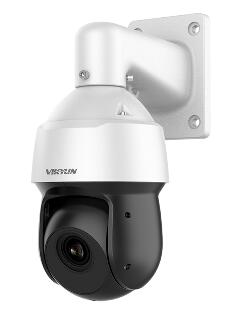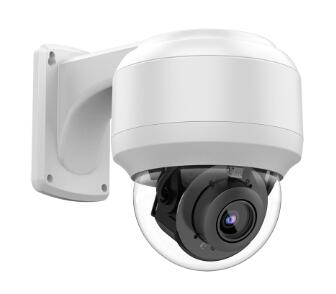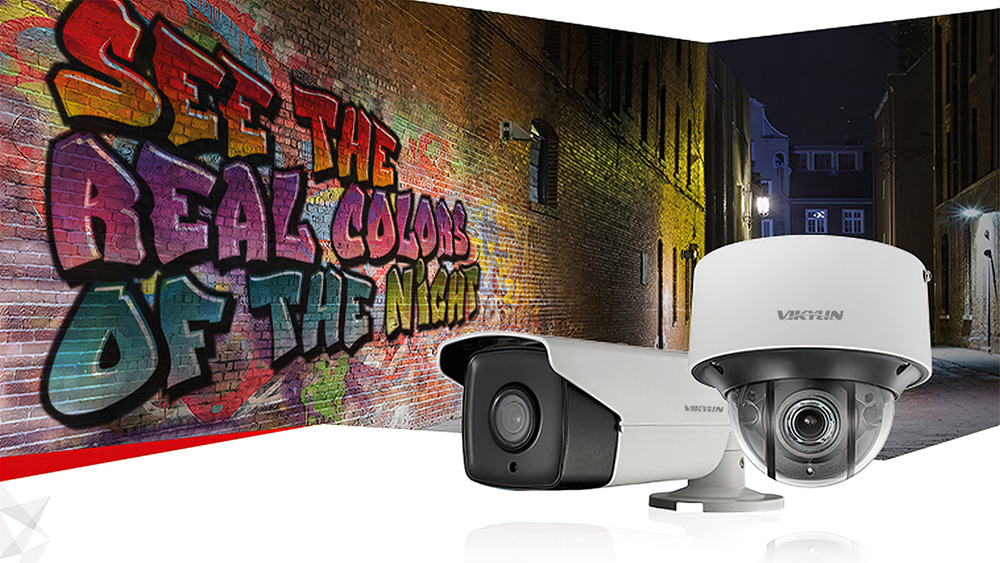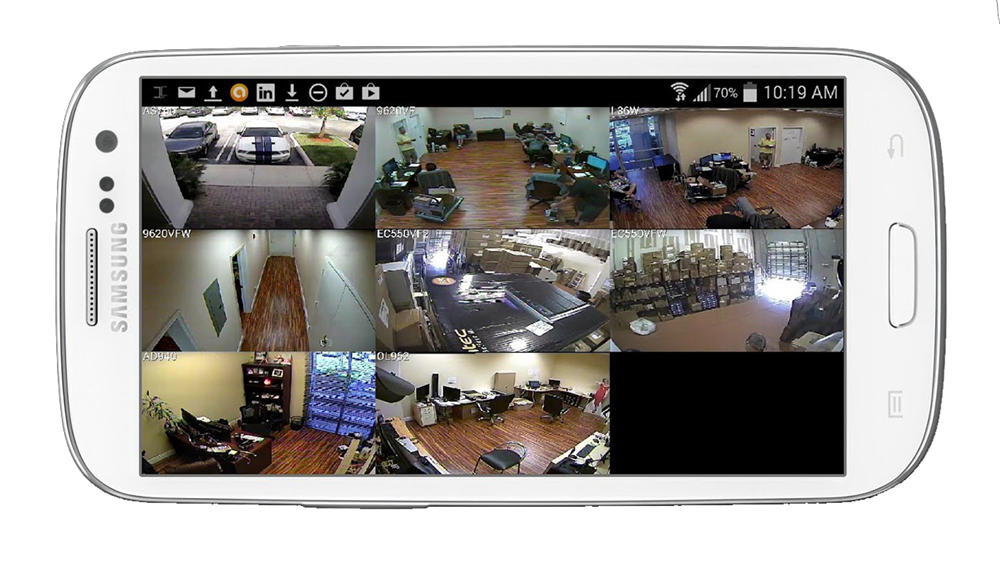When it comes to security cameras, one of the most important decisions you have to make is whether to go for a PTZ (pan-tilt-zoom) or a non-ptz camera. Both types of cameras serve different purposes and offer different features, so it’s important to understand the differences before making a purchase. In this article, we will explore the key differences between PTZ and non-ptz cameras.

A PTZ camera is a type of security camera that allows you to pan, tilt and zoom the camera remotely. This means you can control the direction and angle of the camera without having to physically move it. Outdoor ptz surveillance cameras are commonly used in large areas such as parking lots, warehouses, and industrial sites, where a single camera cannot cover the entire area.
- Pan: The pan function allows the camera to rotate horizontally, covering a wider field of view. This feature is particularly useful when you want to monitor a large area such as a parking lot or a warehouse.
- Tilt: The tilt function allows the camera to angle up or down, providing a vertical view of the area. This feature is particularly useful when you want to monitor a specific area, such as a doorway or entrance.
- Zoom: The zoom function allows you to zoom in or out on a particular area of interest. This feature is particularly useful when you want to get a closer look at a specific object or person.
What Is Non-PTZ Camera?
A non-ptz camera, also known as a fixed camera, is a type of security camera that has a fixed view. Unlike a PTZ camera, it cannot be remotely controlled to pan, tilt or zoom. Instead, its field of view is fixed, and it captures everything within its range.
The primary advantage of a non-ptz camera is its simplicity. It requires minimal setup and maintenance, making it a cost-effective option for small to medium-sized areas. Non-ptz cameras are commonly used in residential areas, small businesses, and retail stores.

Key Differences Between PTZ Cameras And Non PTZ Camera
The main difference between a PTZ and Non pan-tilt-zoom cameras is their flexibility. A PTZ camera provides a wider range of coverage and can be remotely controlled, while a non-ptz camera provides a fixed view and cannot be remotely controlled. Here are some key differences between the two:
- Coverage: Outdoor ptz surveillance cameras provide a wider coverage area than Non pan-tilt-zoom cameras. They can cover large areas and can be adjusted to monitor specific areas of interest. Non-PTZ cameras, on the other hand, have a fixed view and can only cover a limited area.
- Flexibility: Outdoor ptz surveillance cameras offer more flexibility than Non pan-tilt-zoom cameras. They can be remotely controlled to pan, tilt, and zoom the camera, providing a more detailed view of the area. Non-PTZ cameras cannot be remotely controlled, and their view is fixed.
- Cost: Outdoor ptz surveillance cameras are more expensive than non-ptz cameras. The cost of a PTZ camera includes the cost of the camera and the cost of installation, as it requires additional setup and maintenance. Non-ptz cameras, on the other hand, are more cost-effective and require minimal setup and maintenance.
- Maintenance: PTZ video cameras require more maintenance than non-ptz cameras. The moving parts of the camera, such as the motor and gears, require regular maintenance to ensure smooth operation. Non pan-tilt-zoom cameras, on the other hand, have no moving parts and require less maintenance.
Conclusion
Choosing between a ptz surveillance camera systems and non-ptz camera depends on your specific needs and budget. If you need to know more about PTZ camera, please contact us now!


